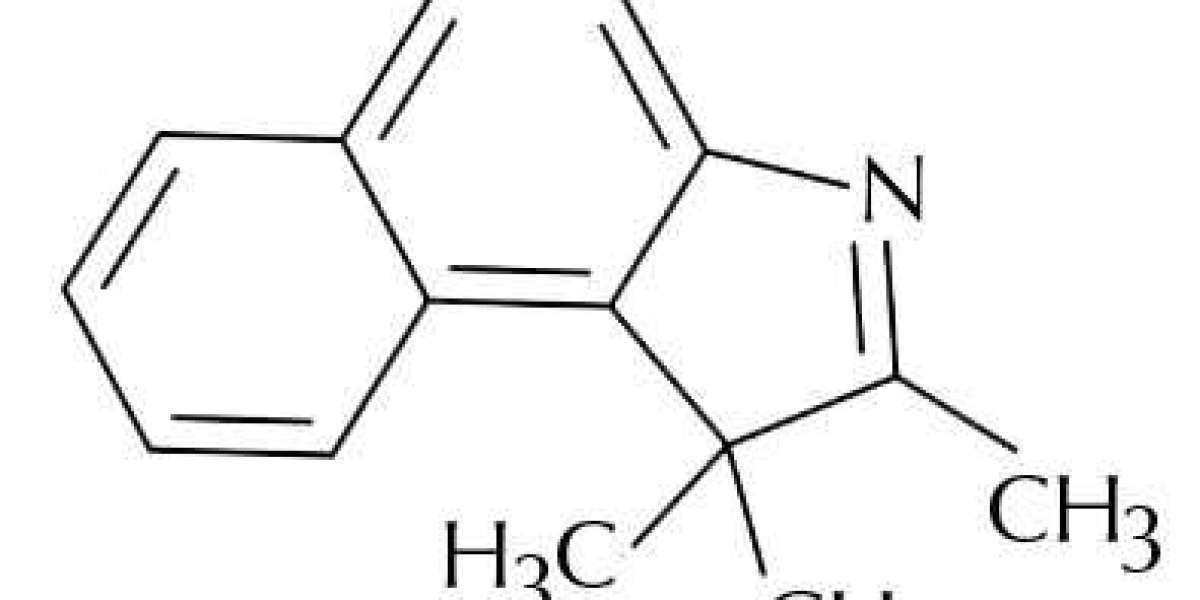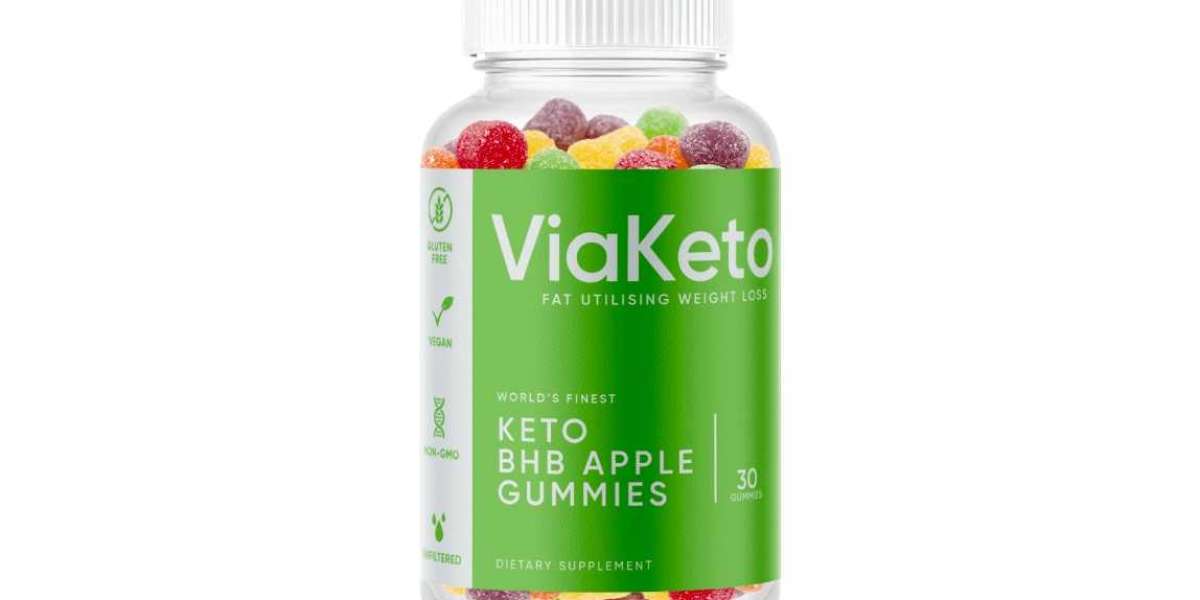Petrolatum is a mineral-oil-derived gel commonly referred to as petroleum or petroleum jelly. It is sometimes mixed with waxes and used as a cosmetic moisturizing agent in skin and hair products. This standard "cure-all" product has been touted for its ability to heal dry skin and chapped lips, prevent chafing, and even remove eye makeup.
To those in the know, the word "petroleum" raises a red flag. Petroleum, a term that includes crude oil, is a naturally occurring fossil fuel. The oil extraction and refining processes have been linked to climate change, oil spills, and other environmental concerns. Learn all about what is petrolatum's environmental impacts.
Petroleum Jelly and Crude Oil
Petroleum jelly is one of the thousands of products derived from crude oil refining, including plastics, gasoline, asphalt, and cosmetics. Crude oil is the liquid form of petroleum (petroleum also includes natural gas and viscous or solid forms, though they are often used interchangeably). In the United States, up to 43% of crude oil produced in 2020 came from the state of Texas, followed by North Dakota, New Mexico, Oklahoma, and Colorado. Globally, the United States, Russia, Saudi Arabia, Iraq, and Canada are responsible for about 50% of the world's total crude oil production.
How Is Petroleum Jelly Made?
Petroleum jelly can trace its history back to 1859. Oil workers in Pennsylvania used the unrefined byproduct of drilling that coated the bottom of oil rigs and the oil pump joints (known as "rod wax") to heal wounds and burns on their skin. The black byproduct or "rod wax" was then triple purified into a lighter, more transparent odorless gel. This new product featured a melting point close to body temperature, which helped it act as a water-repellent protective barrier on the skin. The original petroleum jelly we know as Vaseline was patented in 1865, and it's continued to be used today.
According to the International Nomenclature of Cosmetic Ingredients (INCI), petroleum jelly or products containing what is petrolatum may be manufactured by blending paraffin oil or wax. However, the product must list all of the ingredients on the package. On the other hand, if the product is manufactured the old-fashioned way—by refinding the crude oil or the crude oil derivatives—the official INCI name should be "petrolatum."
Impact of Oil Extraction
The environmental impacts of oil extraction are well known. Hydraulic fracturing requires a large amount of water and uses potentially hazardous chemicals that can affect aquatic habitats. Meanwhile, oil spills can result from accidents at oil wells and contaminate soil and water. The Deepwater Horizon oil spill sent 134 million gallons of crude oil into the Gulf of Mexico in 2010, killing large amounts of wildlife and damaging ecosystems that struggled to recover for the years that followed.
The components that are removed from the oil byproduct during the filtering process of what is petrolatum jelly are known as polycyclic aromatic hydrocarbons (PAHs). PAHs have been shown to have adverse effects on wildlife like fish, marine vertebrates, and organisms that live on the seafloor.1 All fully refined, white petroleum jelly products are supposed to have these components removed, but some non-regulated products and imitators may have different grades of purity.



